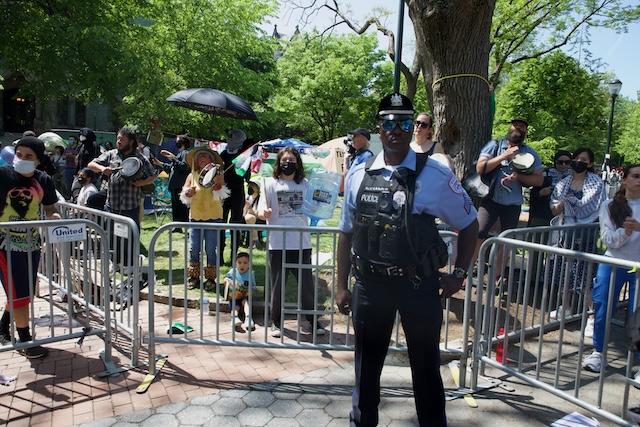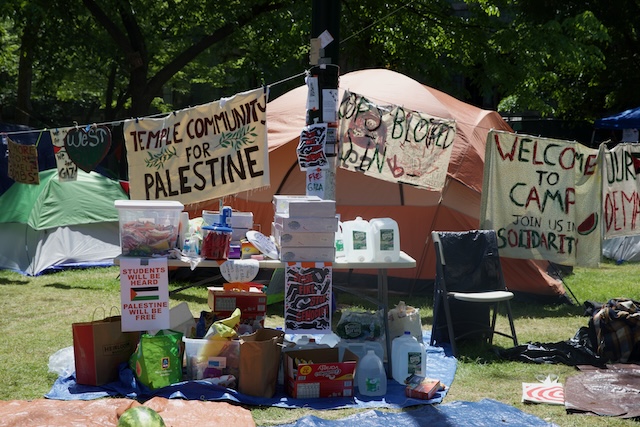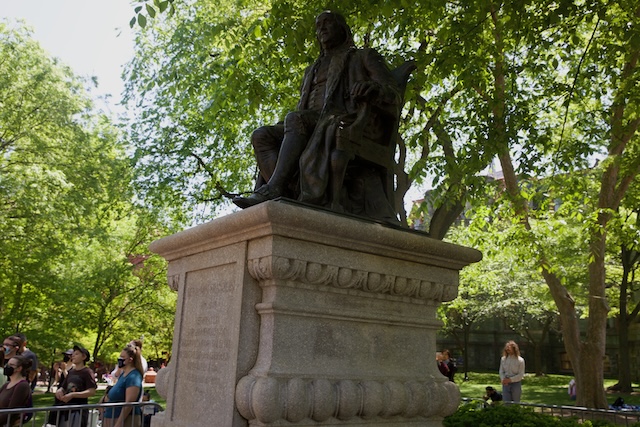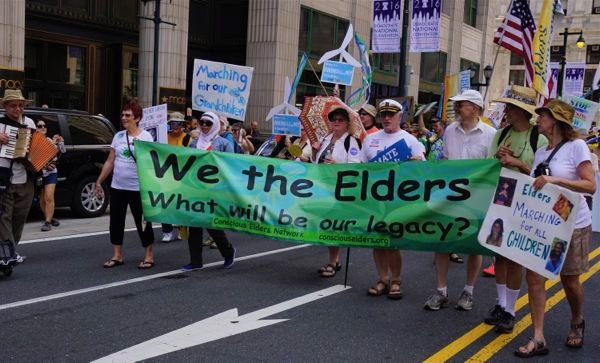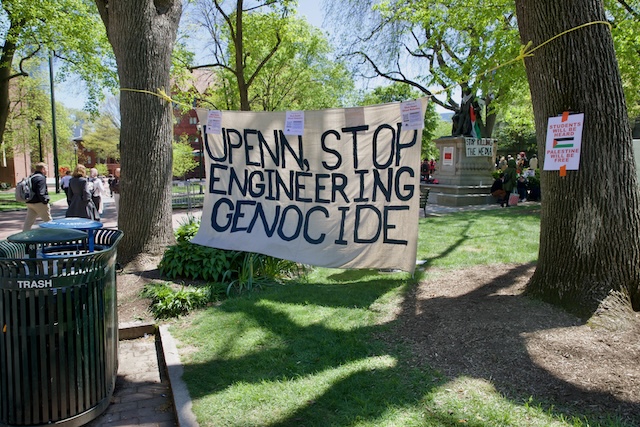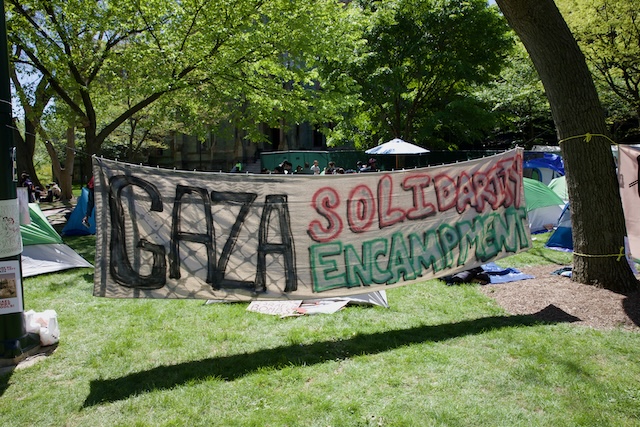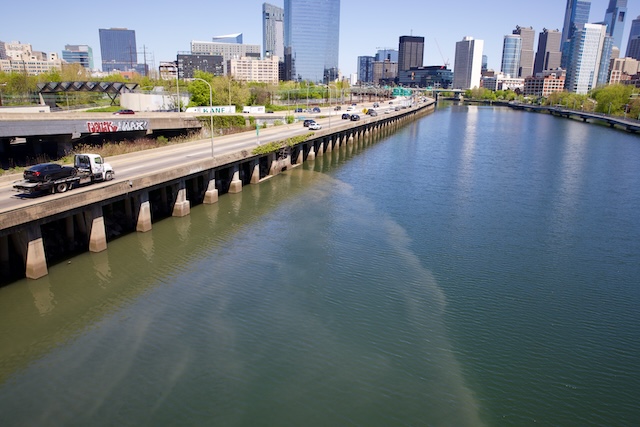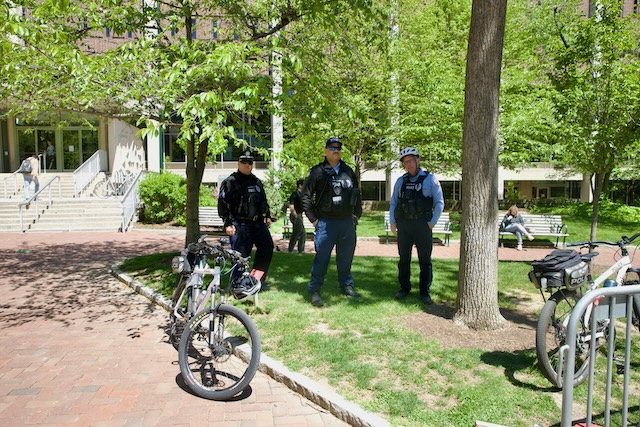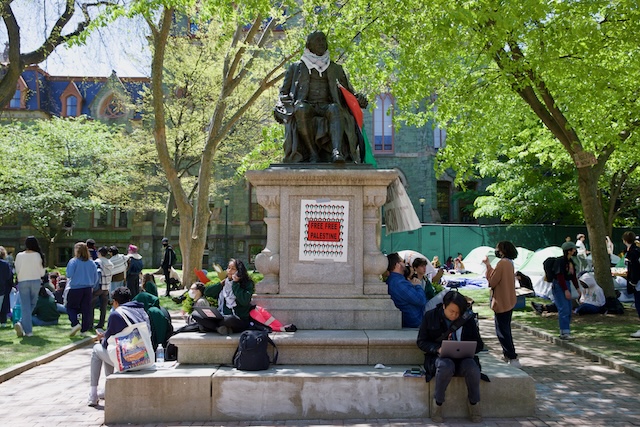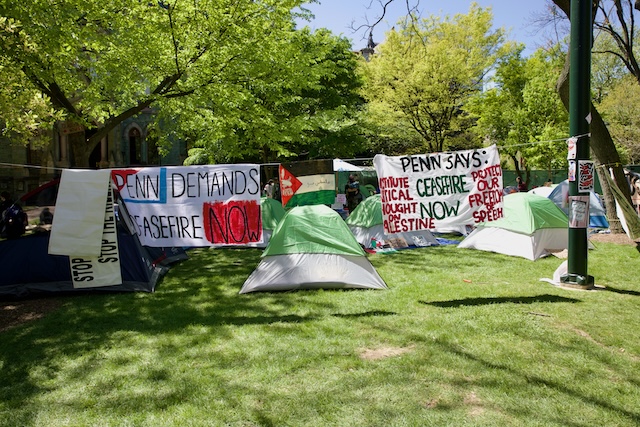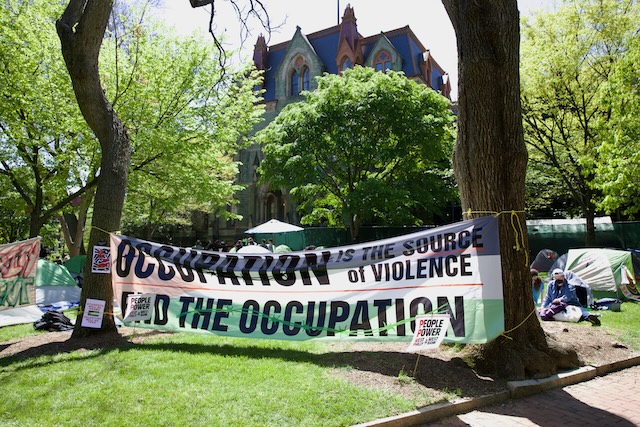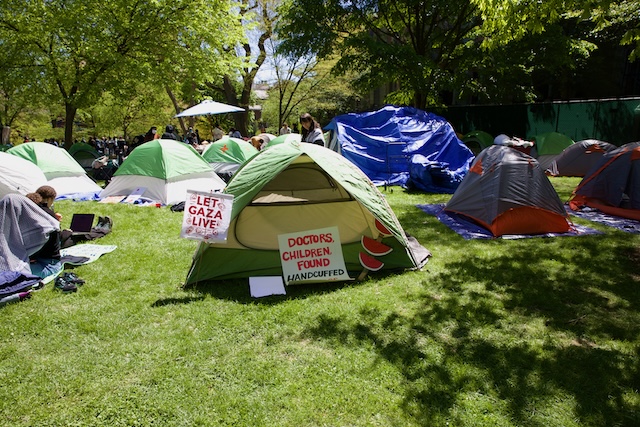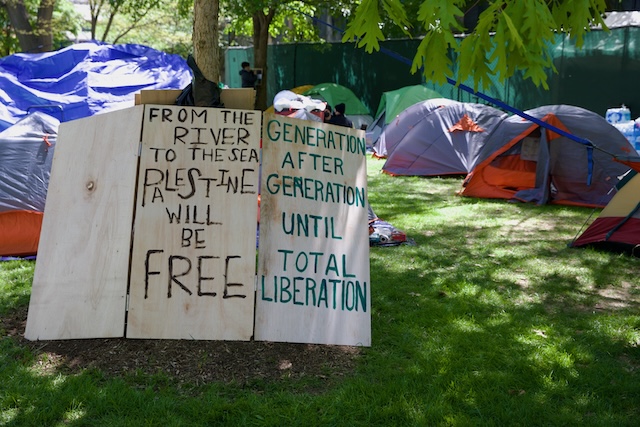Which Side Are You On?
Yesterday, we returned to the University of Pennsylvania’s “Gaza Solidarity Encampment” protest against the Israeli genocide in Gaza to check out what’s happening, given the violent national police crackdowns on encampments across the country, some supported by attacks by brownshirt Zionist mobs.
That crackdown is very, very similar to the national crackdown on Occupy Wall Street encampments directed and coordinated by the Obama administration. This time, Biden is directing those attacks and has spoken out to criticize the encampments.
[Update: Just reading Jeff St. Clair at Counterpunch:
+ Here’s the political background to the police raids against antiwar students on campuses across the country this week, violent crackdowns that have Joe Biden’s fingerprints all over them: On Tuesday, Biden demonized the protesters as hate groups. On the same day 22 Democratic House members called for the students at Columbia to be cleared from the campus, this was followed by Chuck Schumer speaking on the floor of the Senate denouncing the occupation of Hind Hall as an act of terrorism. Then the NYPD did its vicious nightwork at Columbia and CCNY. On Wednesday morning, the Biden White House compared these brave students–from Columbia to UCLA, Indiana to Texas–to the white power tiki torch thugs at Charlottesville. On Thursday, Biden gave a speech that would have condemned the tactics of the Civil Rights Movement, women’s movement, Native American Rights movement, anti-Vietnam War movement, Stonewall, anti-apartheid movement, BLM and the labor movement he claims to venerate (not to mention the Boston Tea Party) as outside the American tradition of free speech. Biden is the author of the most repressive crime laws in the history of a nation whose statutes are full of repressive crime laws. He hasn’t changed. In fact, he’s gotten worse as his brain demyelinates and his grip on power becomes more and more tenuous. ~~~ end update]
Thankfully, the chants and drumming drown out the police helicopter circling overhead.
But on the ground, although the police presence had grown considerably – we counted 14 police vans on the adjacent streets, saw many more uniformed police officers manning newly installed barricades, and several plainclothes cops standing in the crowd – there was no tension or threat of police violence.
The day before, we were appalled by a video of a real “outside agitator” spraying unknown chemicals on the encampment grounds, tents and banners. The man was arrested. I was told by a student that the chemical was identified as a diluted sulphur solution (intended to make the place smell bad) and that he was fined just $60 dollars with no criminal charges pressed (haven’t confirmed that).
The good news is that the encampment has about doubled in size. There were about a hundred people chanting to constant drumming and at least 100 more circled around the core group in support. There were more banners, more tents, a library, food table, and a medical clinic:
On the negative side, in addition to the much larger police presence, the University had taken down the banners on the statue of Ben Franklin and erected barriers around it:
Here’s how Ben looked last week:
On the national scene, there are troubling signs coming from some University encampments, which just so happened (causally) in the immediate wake of the police crackdown (think of the effects on the anti-war movement of Kent State and Jackson State murders as a precursor).
The violent police state tactics (incredibly violent police attack at Columbia) were coupled with Zionist Brownshirt assaults (incredibly brutal violence at UCLA) and promises of permanent career suicide by Mossad (using digital facial recognition technology). For the latter Mossad threat, think of that famous scene from the movie “On The Waterfront” where mobster Johnny Friendly gets in Marlon Brando’s face with “you don’t work anywhere….”
You just dug your own grave.
You’re dead on this waterfront, and every waterfront from Boston to New Orleans.
You don’t drive a truck, or a cab – you don’t push a bag of dreck.
You don’t work noplace! You’re dead! ~~~ “On the Waterfront” – (watch the Crime Commission scene)
Shamefully, University Presidents across the country are caving in to political pressure and McCarthyite smears to prohibit encampments, suspend students, and invite police on campus to make arrests. It is a disgusting display of cowardice, careerism, and corruption.
There have been several terribly compromised deals to terminate encampments.
Brown University protesters cut a deal to dismantle in exchange for the promise of a vote to divest – a vote in October. Rutgers just cut a similar or even worse deal. Another University (Northwestern) cut a deal as well, this one for some (5?) academic slots for Palestinian students and curriculum “reform”.
So, just as rapidly as the Pro-Palestine campus movement arose, it may now be falling.
And Real News Network just cancelled Chris Hedges show, allegedly for tax purposes resulting from Hedges’ criticism of Biden and Democrats and interview of candidate Dennis Kucinich.
The House just passed legislation to make criticism of Israel a federal crime (antisemitism) and eliminate Constitutional rights of free speech and abandon any notion of academic freedom.
Truly dark times, with even worse on the horizon.


